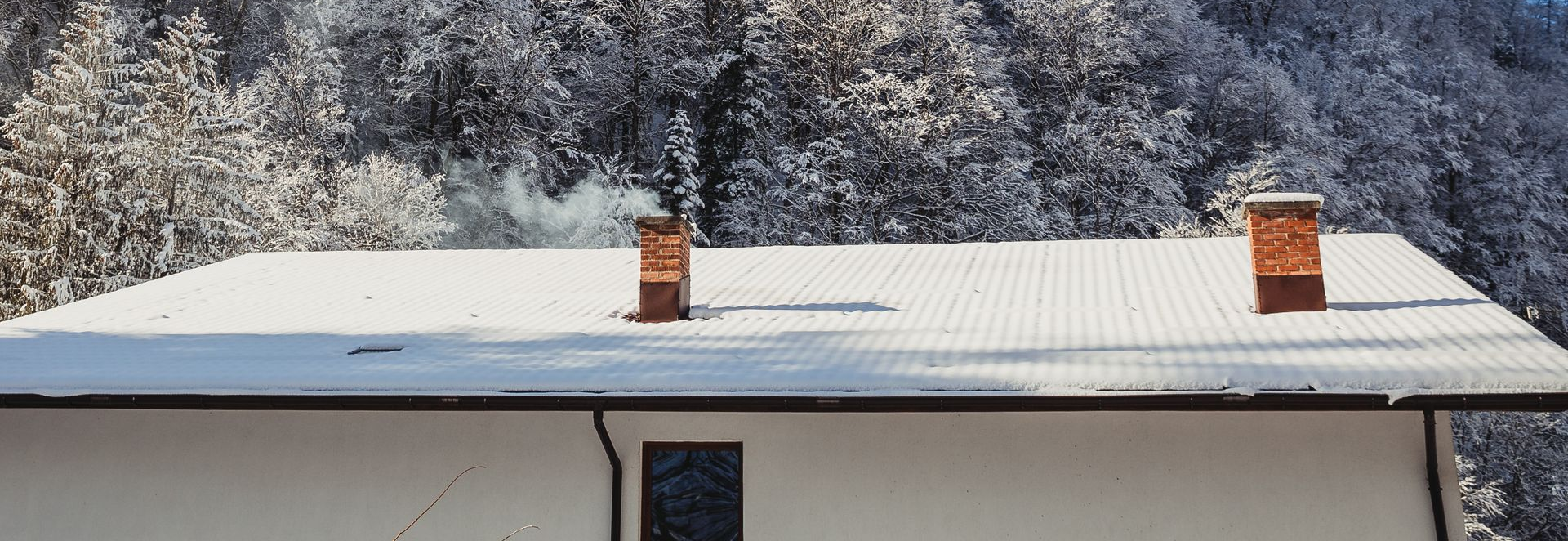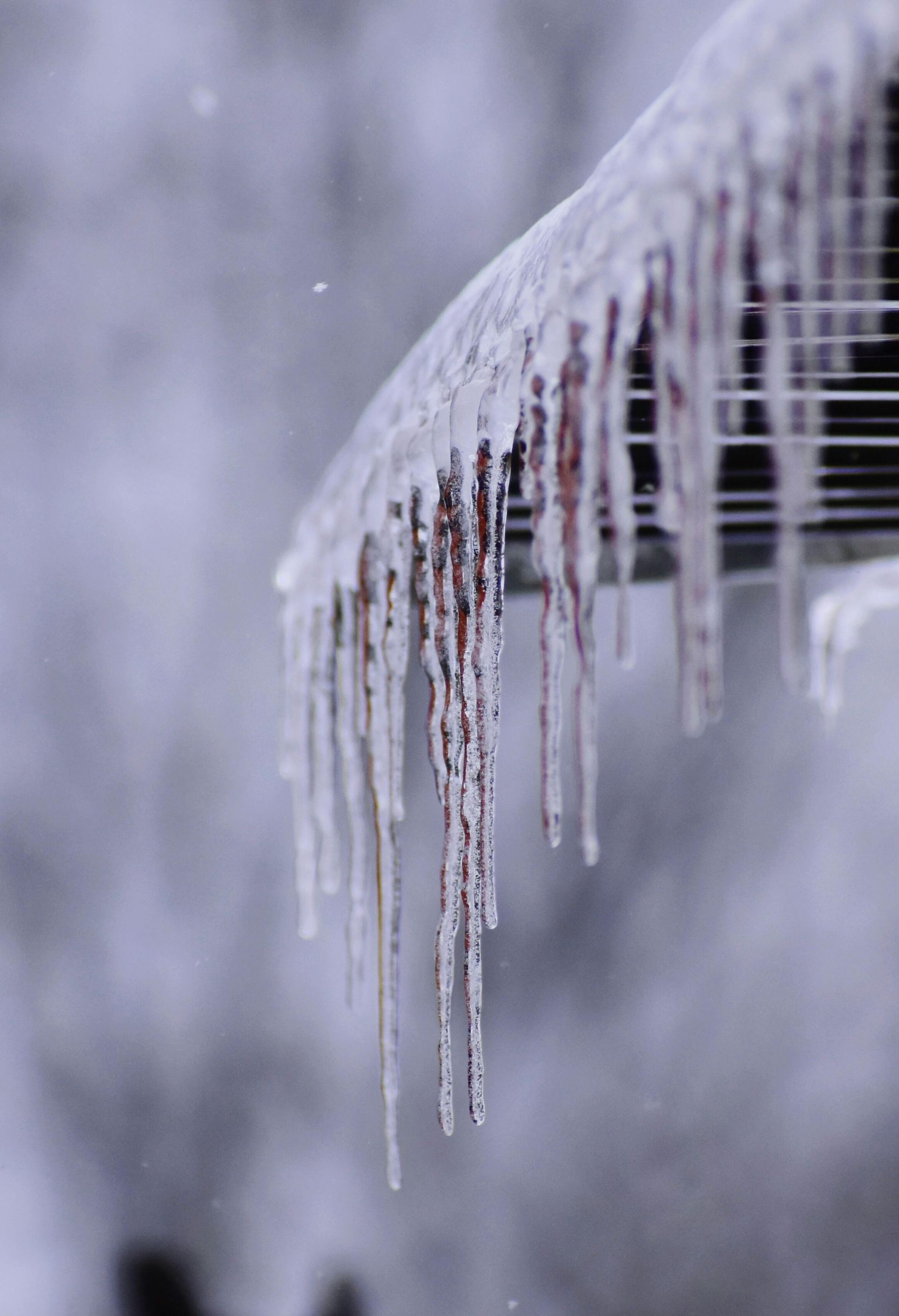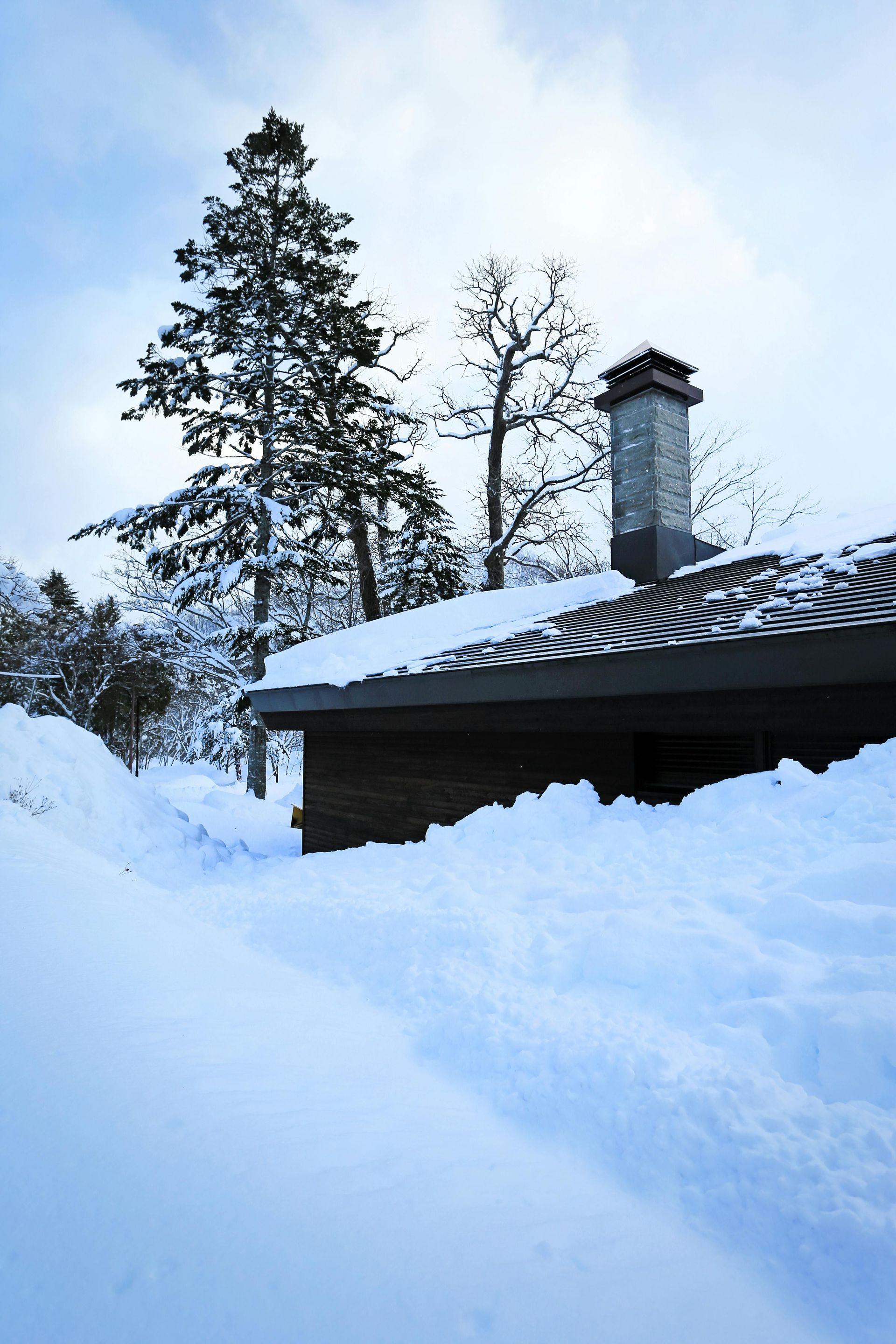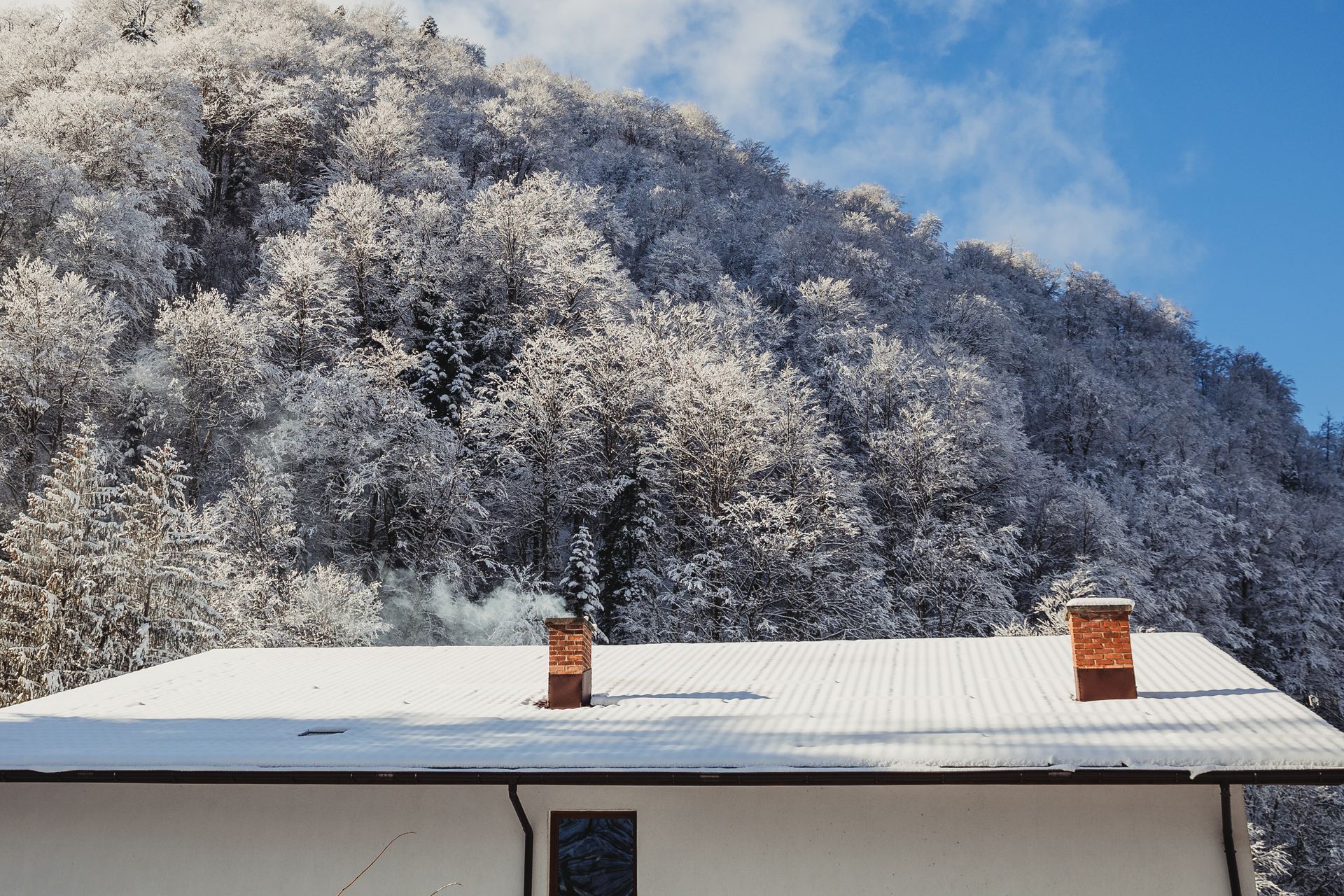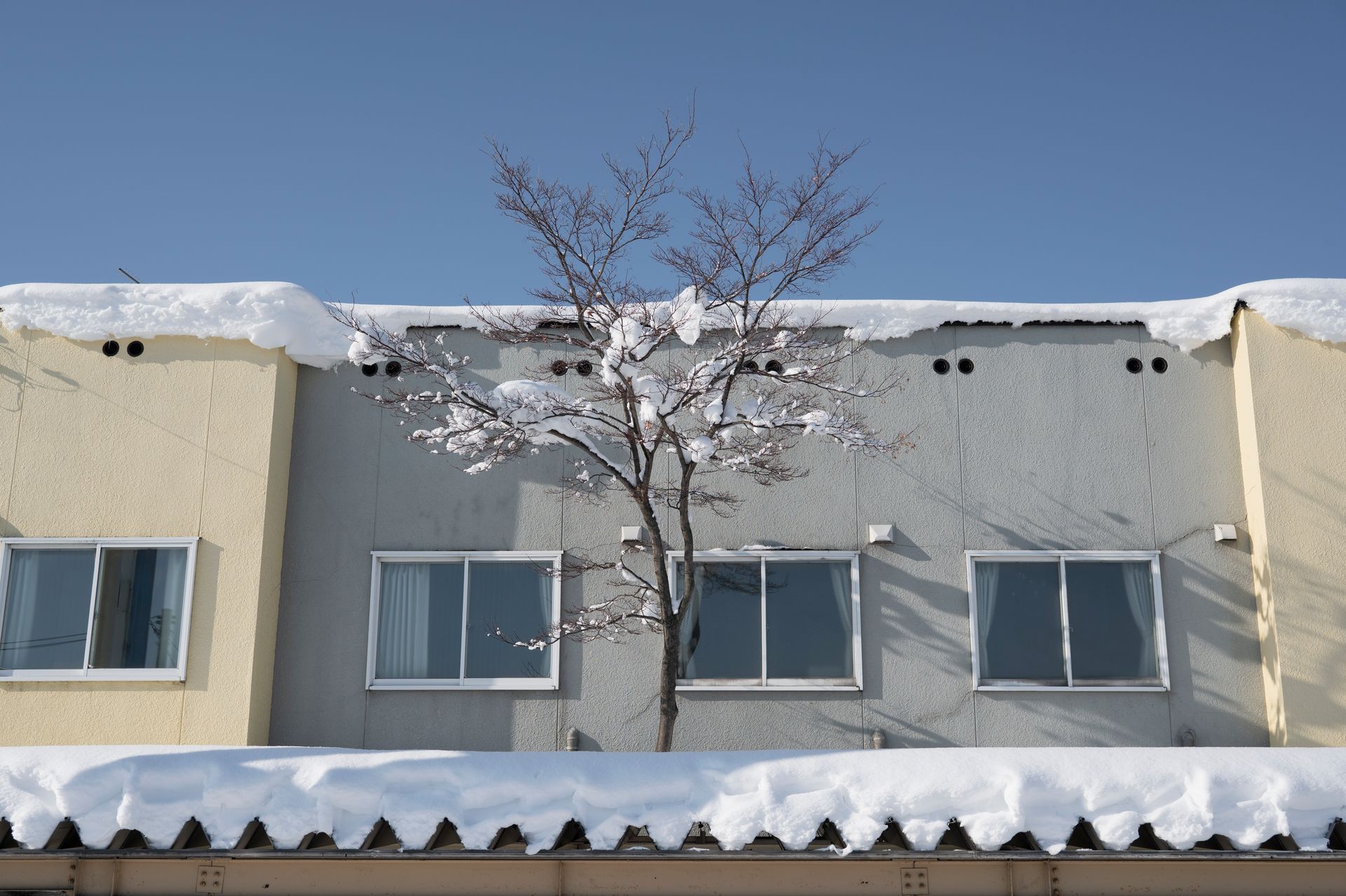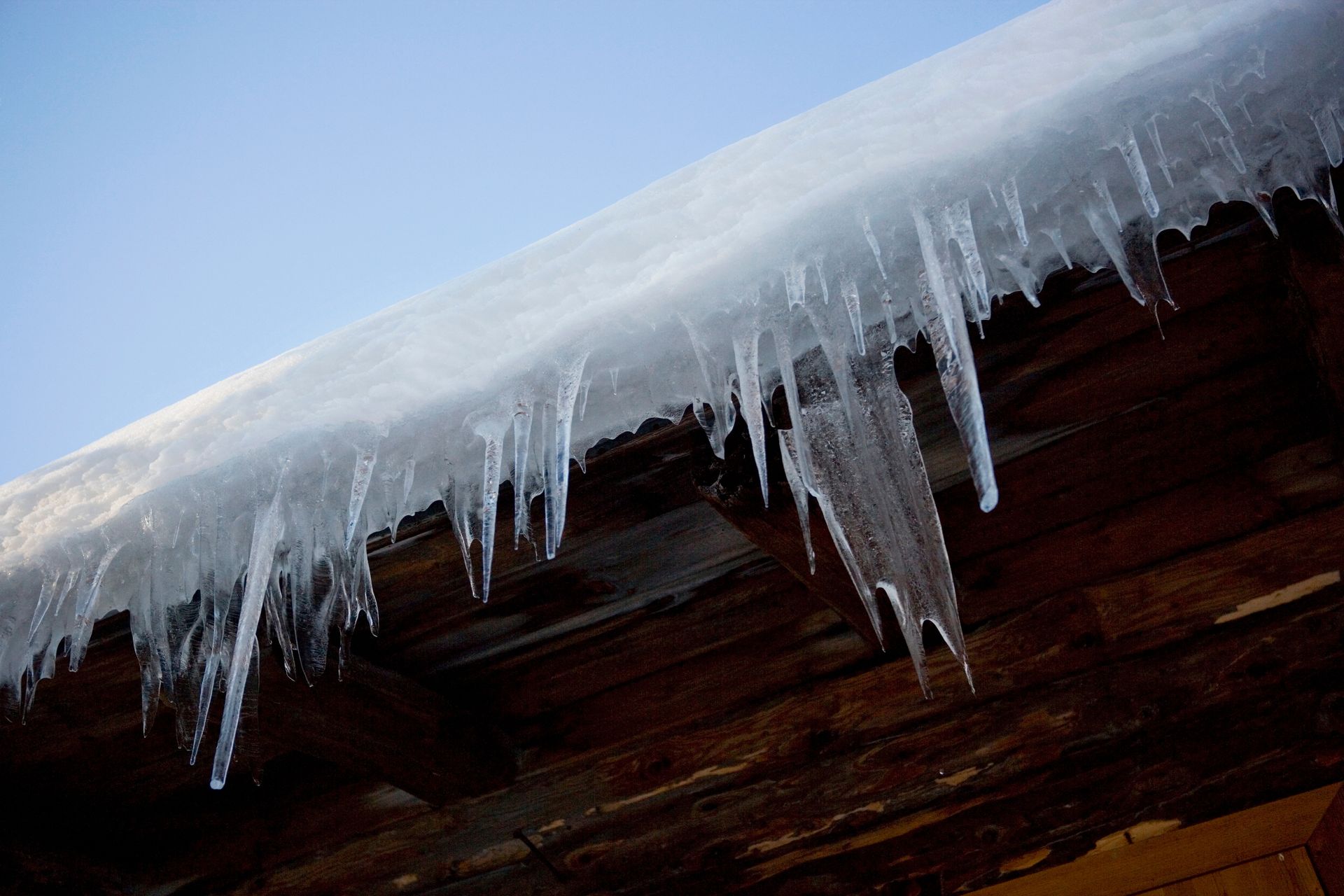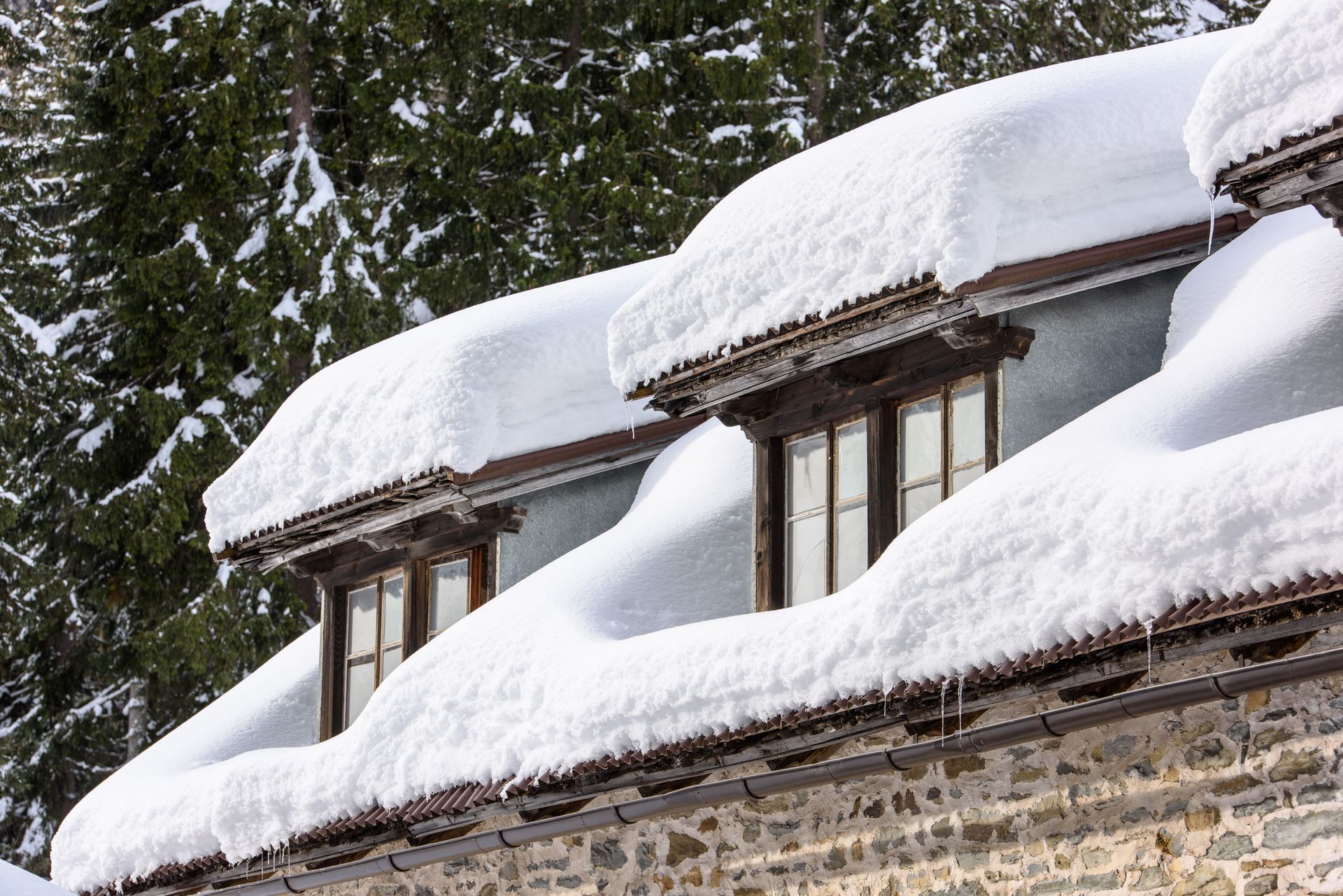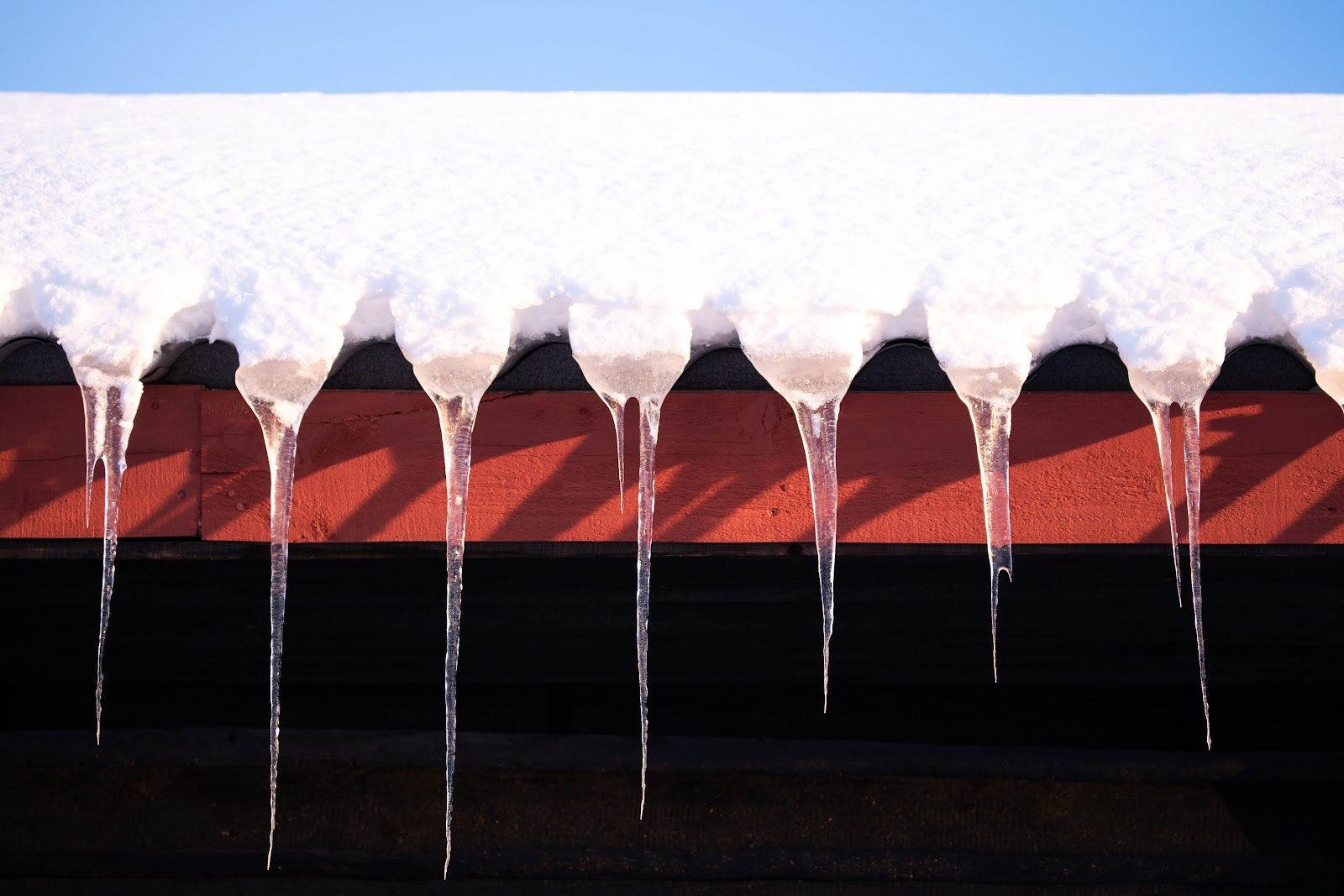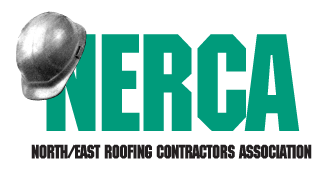How to Storm-Proof Your Roof Before Vermont's Fall Weather Strikes
Prepare Now, Protect Later: Why Late Summer is Key to Storm-Proofing Your Roof
As summer winds down and fall creeps in, don’t let the cooler temps distract you from an essential task—storm-proofing your roof. In Vermont, autumn brings unpredictable weather like torrential rain, strong winds, and even early snow. Late summer is the ideal time to prepare your roof before storm season hits full force.
Why Late Summer is the Best Time for Roof Prep
While it might seem early, late summer provides a sweet spot for roof inspections and repairs. Here’s why it’s the perfect time:
- Mild weather means safer, faster repairs – Warm, dry conditions allow for smoother inspections and maintenance.
- Avoid expensive fall surprises – Fix issues now before rain or early snow causes bigger problems.
- Beat the seasonal roofing rush – Roofers get booked quickly once storms hit—act now and avoid delays.
6 Ways to Storm-Proof Your Roof for Vermont Fall Weather
1. Inspect Your Roof for Damage
The first step in preparing your roof for fall weather is a thorough inspection. Here’s what to look for:
- Shingles – Check for damaged, loose, or missing shingles. Wind and rain can turn minor issues into major leaks, so repairing or replacing shingles now can save you from costly water damage later.
- Flashing – Ensure that flashing around chimneys, vents, skylights, and valleys is intact. Flashing prevents water from seeping into the edges of your roof, and damaged flashing can quickly lead to leaks.
- Gutters and Downspouts – Clogged gutters can cause water to back up onto the roof, leading to leaks and ice damming in the winter. Clean gutters and downspouts to ensure water flows freely, especially during heavy rains or the first snowfall.
2. Reinforce Weak Roof Components
After inspection, reinforce any weak spots. Common trouble areas include:
- Ridge and Soffit Vents – These help with ventilation, but if they’re blocked or damaged, it can lead to moisture buildup and mold in your attic. Make sure they are clear and secure.
- Roof Decking – A soft or sagging roof deck could signal deeper water damage—inspect it closely.Ensuring a strong foundation is critical, especially before wind or snow puts extra pressure on your roof.
3. Trim Trees and Branches
- Prevent storm damage from broken limbs by trimming back trees near your roofline.
4. Inspect Your Attic for Leaks and Insulation Issues
Your attic plays a huge role in how well your roof handles rain and snow. Check insulation and ventilation to ensure your attic can properly handle moisture buildup. Signs of water damage or poor insulation can often be found in the attic, which is why this space should be checked regularly.
- Look for water stains, musty smells, or soggy insulation—these are red flags for hidden leaks.
- Ensure proper airflow by checking attic vents are unobstructed.
5. Apply a Roof Coating (if applicable)
- Silicone roof coatings provide an extra layer of protection for aging or flat roofing systems, helping reduce leaks and energy loss.
6. Schedule a Professional Inspection
- A pro can spot small issues before they become big ones, and help ensure your roof warranty remains valid.
Why It’s Worth the Investment
Storm-proofing your roof now protects your property, boosts energy efficiency, and saves money on emergency repairs. Vermont weather is unpredictable—early action is the best defense. Don’t wait for wind, rain, or snow to reveal weak spots in your roof. Get ahead of the storm with proactive maintenance.
Get Your Roof Ready with Rodd Roofing
At Rodd Roofing, we’re here to help you prepare for fall with thorough roof inspections, reliable repairs, and expert maintenance. Whether you need a quick inspection or a full repair, our team has the knowledge and experience to keep your roof in top shape for any weather.
Contact us today to schedule your pre-fall roof inspection, and make sure your roof is ready to protect what matters most.


